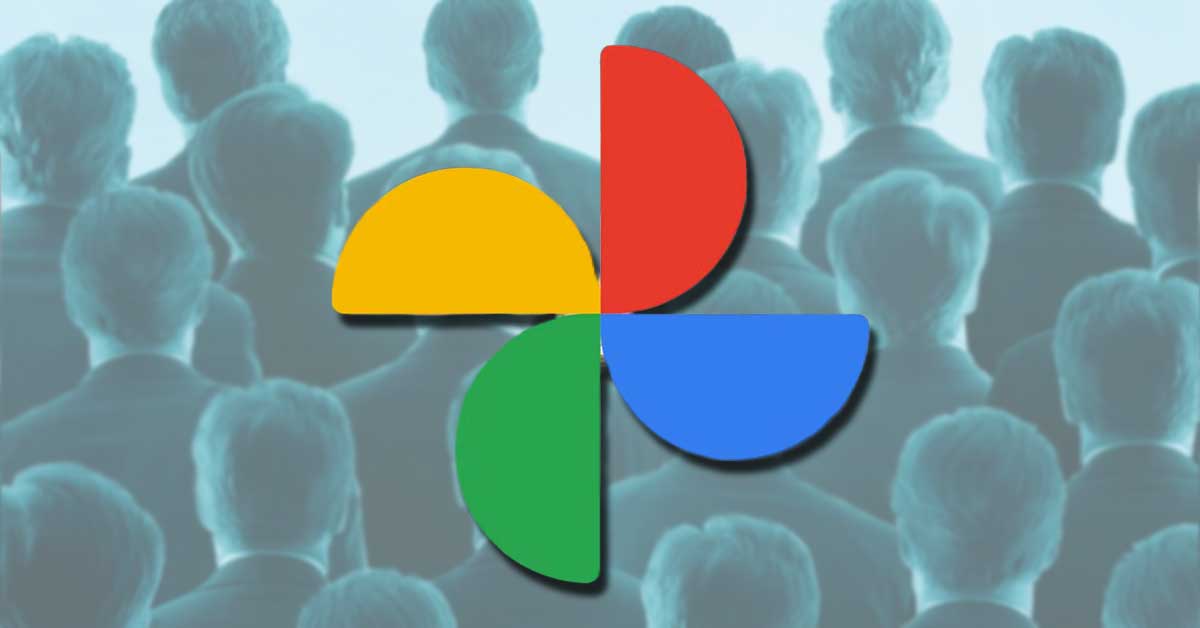Google Photos has long been a go-to platform for many, offering a range of features to help users manage their vast collections. One standout feature is its powerful face-tagging capability, which can identify individuals, even as infants.
However, Google has recently taken this functionality to the next level by enabling the app to recognize and tag people based solely on the back of their heads.
The remarkable development of Google Photos' face tagging feature has caught users' attention worldwide. Rita El Khoury, a former editor at Android Police, stumbled upon this groundbreaking capability when she received prompts from the app to tag her husband in photos where his face was not visible.
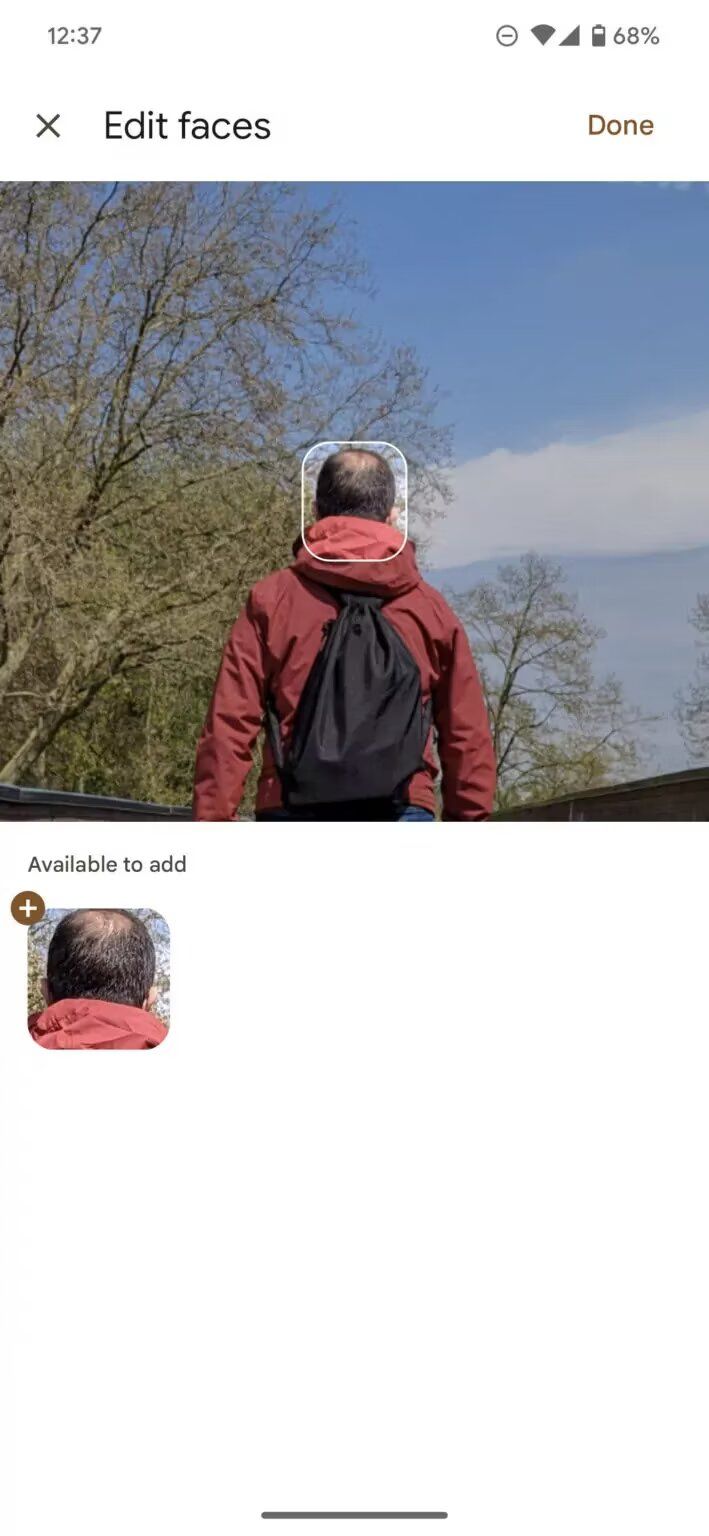

Intrigued by this unexpected behavior, she began to investigate how Google Photos achieved such impressive recognition.
Google Photos' ability to identify individuals without seeing their faces is made possible through the app's advanced machine-learning models. These models appear to create a representation of a person's head based on previous photos and videos where their hair or other distinguishing features are visible.
By analyzing these visual cues, Google Photos can associate images taken within a similar timeframe, even if the face is obscured or entirely hidden.
When the app detects a person using the back of their head, it does not automatically mark them. Instead, it provides a suggestion by displaying the text "face available to add" in a card that appears when users swipe up on an image.
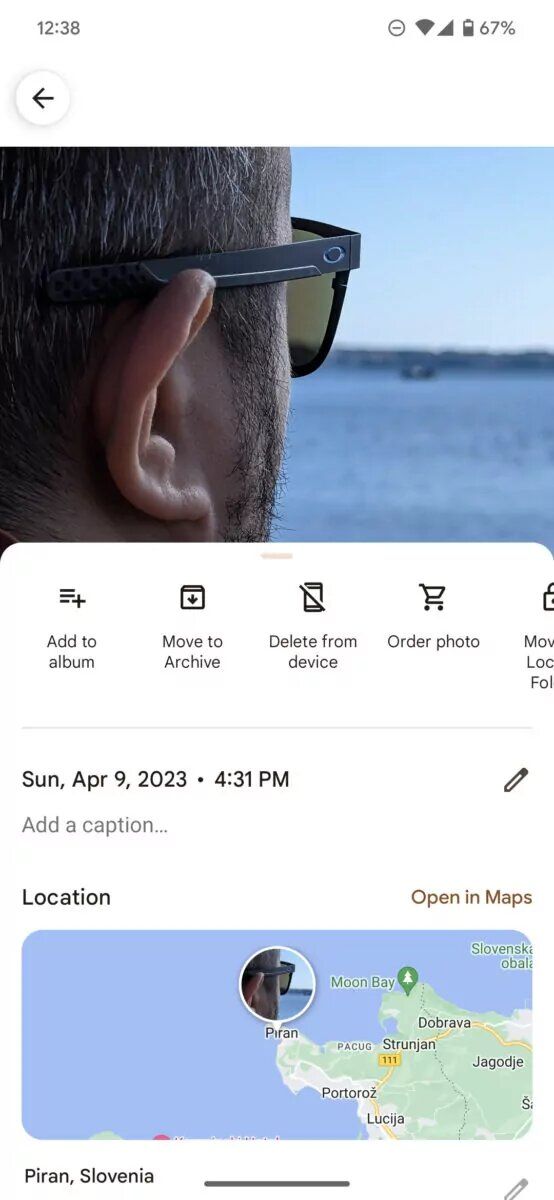

This approach allows users to confirm whether the suggested person is in the photo. By tapping the option, users can either validate the identification or make adjustments as necessary.
With the introduction of back-of-head tagging, Google Photos has achieved an impressive accuracy rate of approximately 80-85% for photos without visible faces. This means that most pictures featuring a person's back or partial face are correctly identified and tagged. Although there are still some cases where recognition is imperfect, this success rate underscores the remarkable strides made in facial recognition technology.
Interestingly, the enhanced facial recognition capabilities of Google Photos extend beyond the back of the head. The app also effectively identifies individuals in photos where their faces are partially covered, such as with masks.
This broader recognition capability adds to the versatility and usefulness of the feature, ensuring that more photos of loved ones can be accurately grouped.
Google Photos' back-of-head tagging represents another step forward in the ongoing development of the app. While it remains uncertain if this feature is entirely new, it highlights Google's continuous efforts to enhance its gallery app and provide users with innovative tools for managing their digital memories.
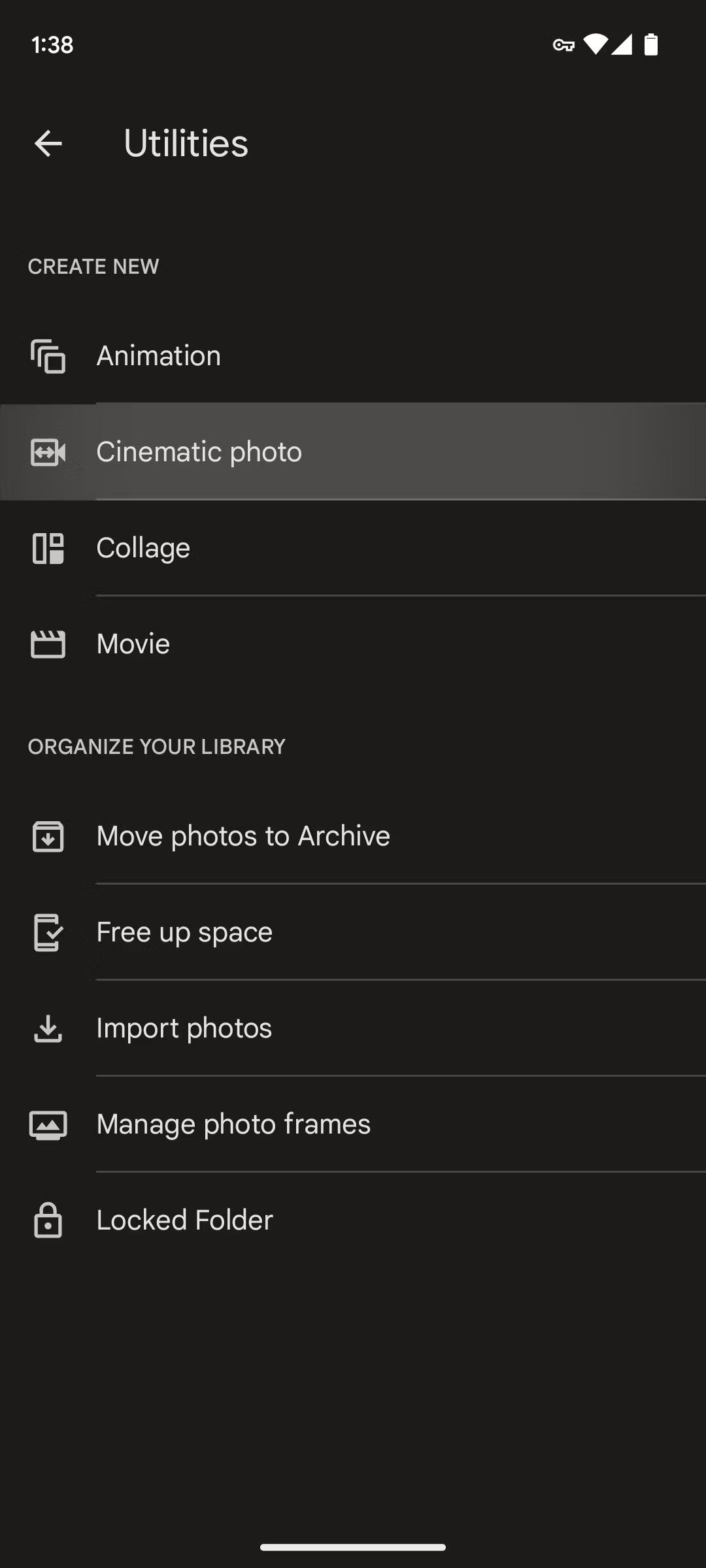
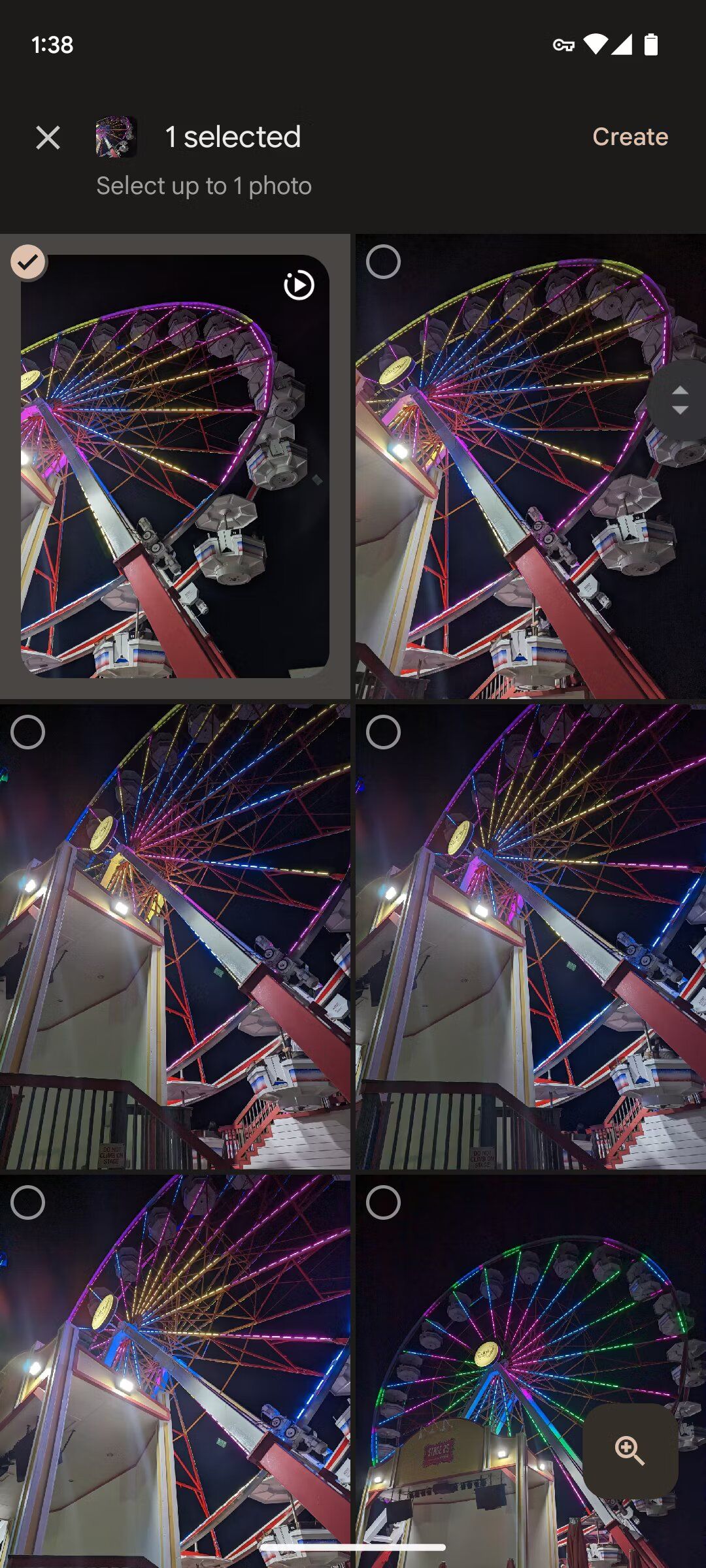

In addition to back-of-head tagging, Google Photos offers other exciting features, including the upcoming Magic Editor and the ability to create Cinematic Photos with just a few taps.
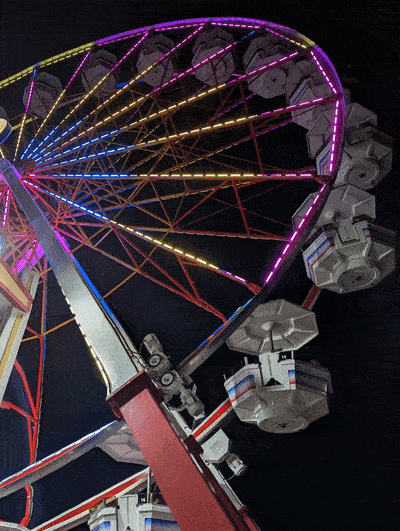
One of the most significant advantages of the enhanced facial recognition capabilities in Google Photos is the effortless organization it brings to users' photo libraries. Gone are the days of manually searching for specific images or creating separate albums for pictures with obscured faces.
With back-of-head tagging, users can trust that their photos of loved ones will be grouped, regardless of whether their entire face is visible. This improvement simplifies the process of reliving and sharing cherished memories.
Source: androidauthority.com
